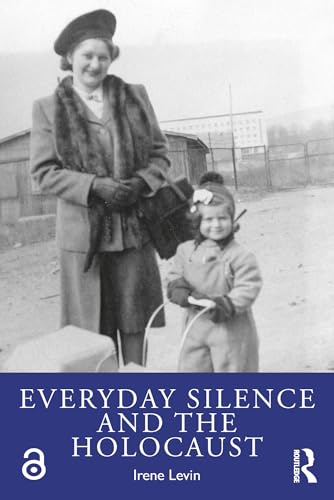
The Wannsee Conference and Genocide of the European Jews
by
"catalogue of the Permanent Exhibition"
Popularity
2.16 / 5
* A book's popularity is determined by how it compares to all other books on this website.
Where to buy?
Buy from Amazon* If you buy this book through the link above, we may receive a small commission at no extra cost to you.
The Wannsee Conference and Genocide of the European Jews by
Details
War:
World War II
Perspective:
Researcher
True Story:
Yes
Biography:
No
Region:
Europe
Page Count:
416
Published Date:
2009
ISBN13:
9783980851787
Description
Brief Summary
The Wannsee Conference and Genocide of the European Jews delves into one of the most critical and chilling moments in World War II history: the Wannsee Conference. The book provides a detailed examination of the meeting, which took place on January 20, 1942, outlining the planned logistics for the systematic extermination of the Jewish population in Europe. It lays out the historical context, the key figures involved, and the horrific decisions that led to the Holocaust, offering readers a comprehensive understanding of the bureaucratic mechanisms of genocide.
Main Themes and Topics
One of the main themes of the book is the bureaucratization of evil, as it meticulously recounts how nazi officials systematically organized the genocide with cold, procedural precision. The book also explores the theme of complicity, shedding light on how various individuals and governmental entities contributed to and facilitated the Holocaust. Additionally, the narrative emphasizes the moral and ethical implications of the conference's decisions and their catastrophic human cost.
Writing Style and Tone
The author adopts a scholarly and analytical tone throughout the book, providing a detailed and factual account of the Wannsee Conference. The writing style is characterized by clarity and precision, making complex historical events accessible to both academic and general audiences. The narrative is grounded in historical evidence, including official documents, testimonies, and scholarly research, ensuring a well-rounded and authoritative portrayal of events.
Criticism
While the book has been praised for its thorough research and insightful analysis, some critics have noted that its dense academic style may be challenging for readers not familiar with historical texts. Additionally, the focus on bureaucratic processes might overshadow the personal stories of the victims, which could provide a more humanizing perspective on the tragedy.









